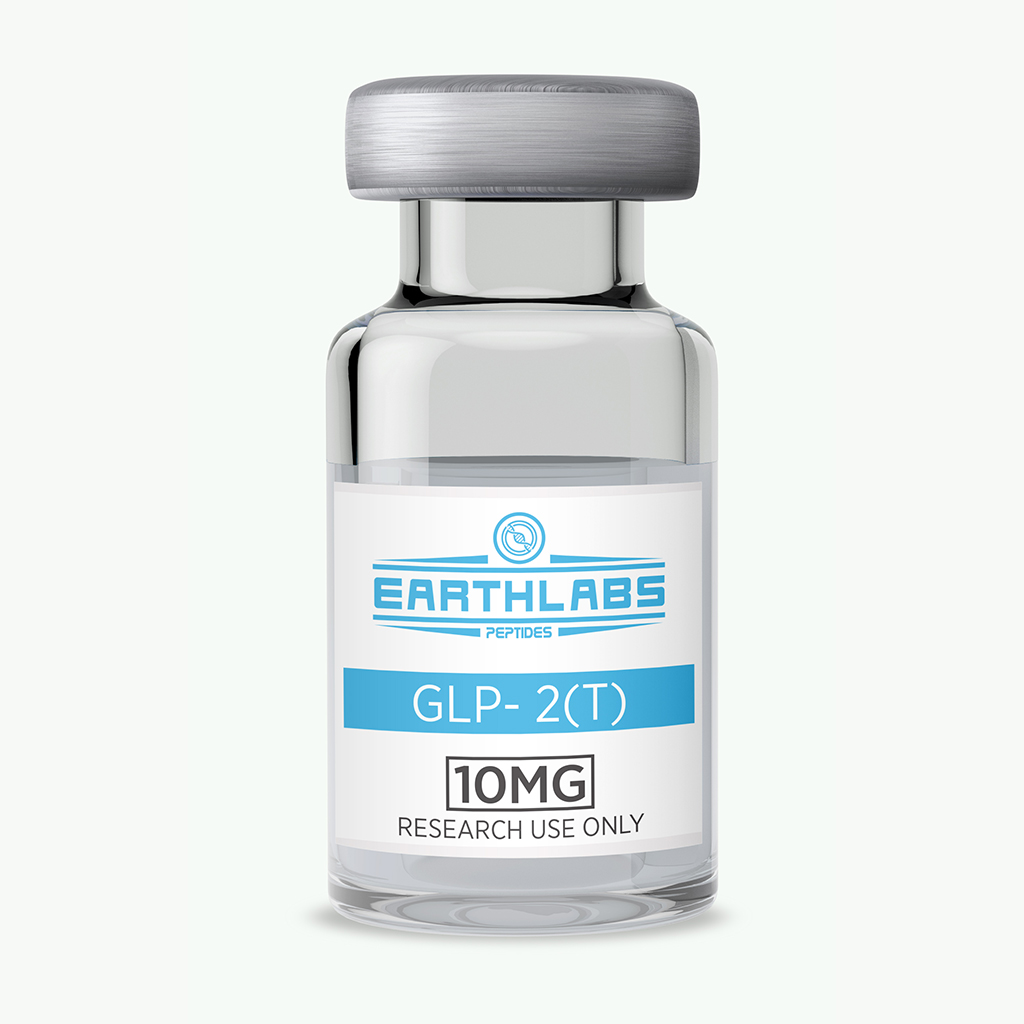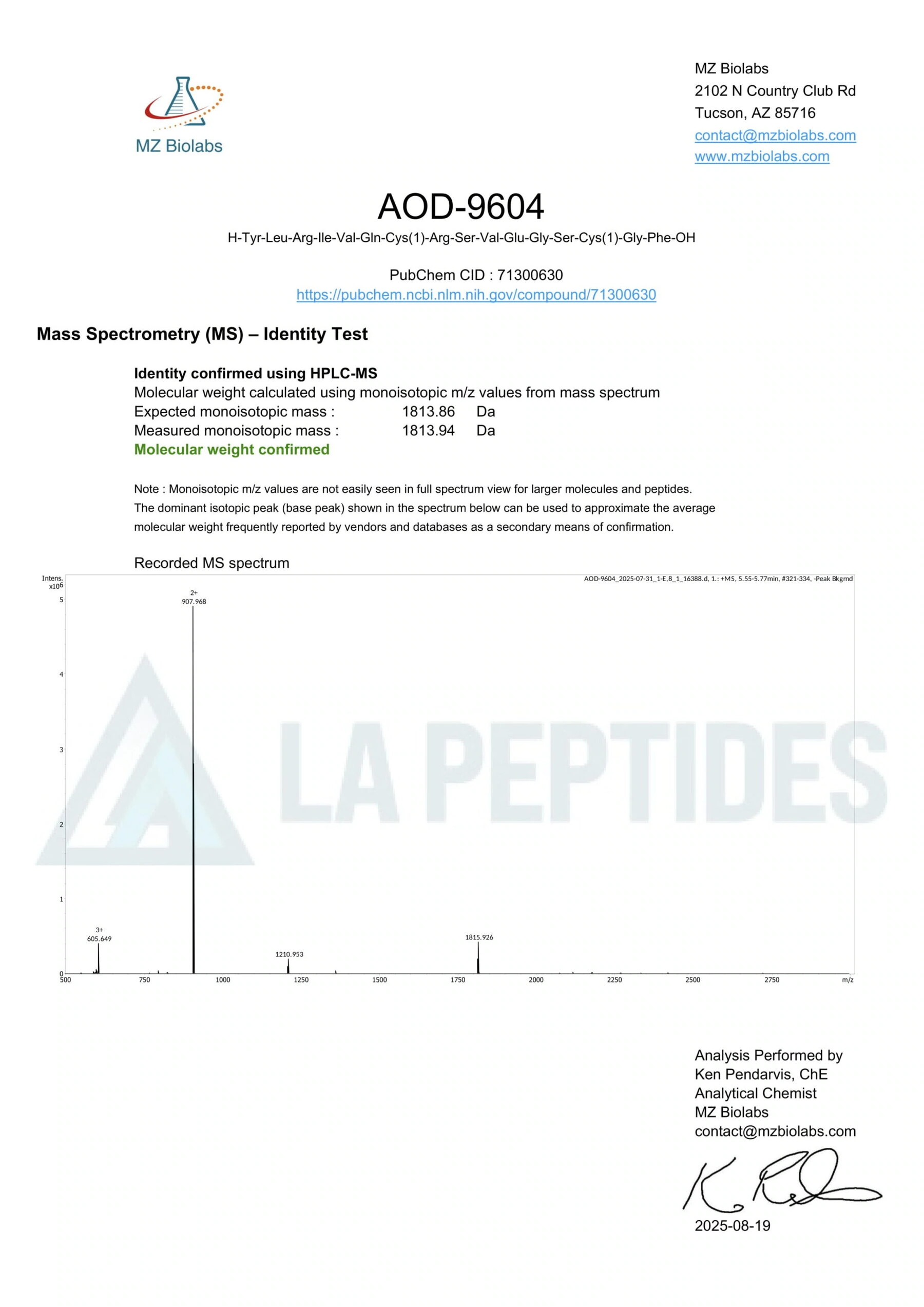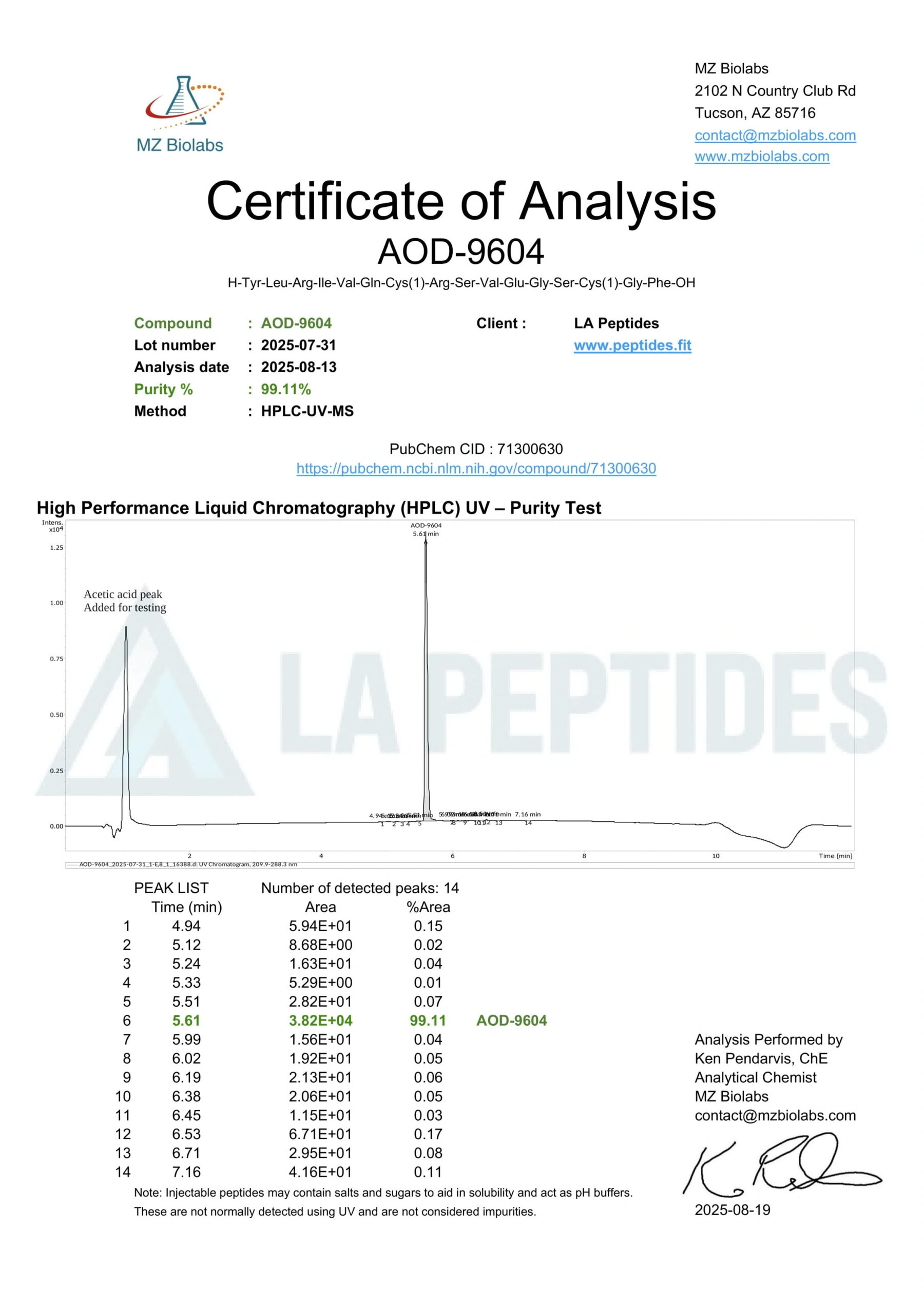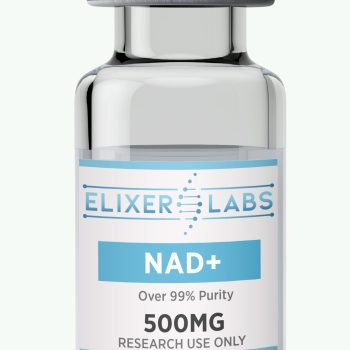Description
Product Overview:
Product Name: GLP – 2 (T)
Quantity: 15mg
Molecular Formula: C225H348N48O68
Molecular Weight: ~4813.45 g/mol
Research Use Only. Not for Human Consumption.
Research Applications:
Dual Incretin Receptor Agonism: GIP and GLP-1
GLP – 2 (T) functions as a dual receptor agonist, targeting both glucose-dependent insulinotropic polypeptide receptor (GIPR) and glucagon-like peptide-1 receptor (GLP-1R). This combination offers a synergistic mechanism for enhancing glucose-dependent insulin secretion and modulating glucagon release. Preclinical studies in rodents and non-human primates show that GLP – 2 (T) enhances β-cell function and increases insulin sensitivity more effectively than GLP-1R agonists alone [1].
Research focuses on its potential to dissect overlapping and distinct signaling mechanisms triggered by each receptor in glucose metabolism and endocrine feedback regulation.
Glycemic Control and Insulin Sensitivity Models
In animal models of type 2 diabetes and diet-induced obesity, GLP – 2 (T) significantly lowers fasting glucose, improves oral glucose tolerance, and reduces HbA1c. The dual action also results in improved insulin sensitivity, demonstrated by increased glucose uptake in skeletal muscle and adipose tissue [2].
GLP – 2 (T) is used in research exploring metabolic syndrome, insulin resistance pathways, and glucose-insulin homeostasis.
Appetite and Energy Intake Regulation
Both GLP-1 and GIP receptors are expressed in hypothalamic regions involved in appetite signaling. GLP – 2 (T) has been shown to suppress food intake, delay gastric emptying, and alter the expression of central appetite-regulating neuropeptides such as POMC and NPY in animal studies [3].
This makes it a valuable tool for researchers studying hypothalamic control of feeding behavior, energy balance, and neuroendocrine mechanisms of satiety.
Body Weight and Adipose Tissue Studies
Preclinical data demonstrate that GLP – 2 (T) leads to significant reductions in body weight and fat mass, particularly in visceral adipose tissue. These effects are attributed to reduced caloric intake, enhanced energy expenditure, and improved metabolic substrate utilization [4].
Researchers are using GLP – 2 (T) in studies targeting adipocyte biology, lipid mobilization, and mitochondrial activity within adipose tissue.
Cardiometabolic Biomarker Modulation
GLP – 2 (T) has also shown favorable changes in cardiometabolic biomarkers including triglycerides, LDL cholesterol, and inflammatory markers such as CRP. These effects are secondary to improved glycemic control and body composition, and support its use in research examining cardiovascular risk modulation through metabolic pathways [5].















There are no reviews yet.